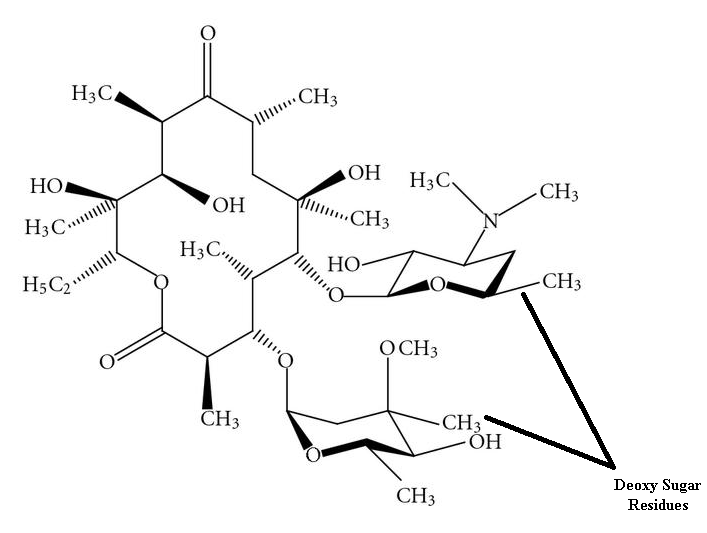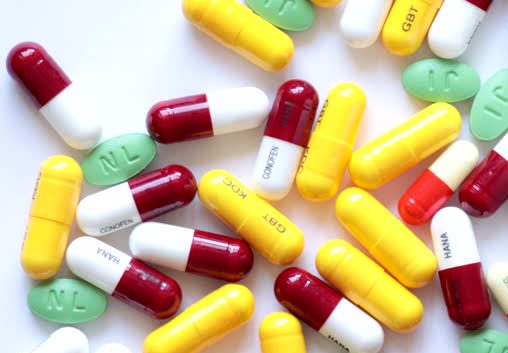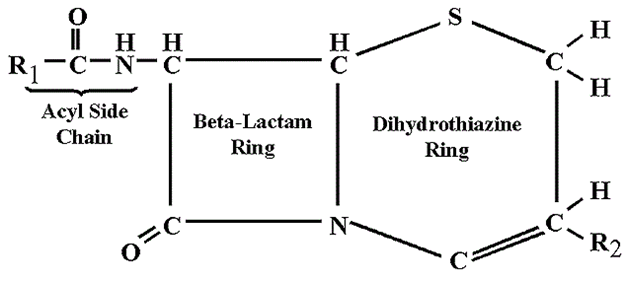Ever since their discovery some decadesago, antimicrobial agents particularly antibiotics have saved mankind from the morbidity and mortality of innumerable infectious diseases and/or pathogenic agents even till date. Irrespective of the fact that pathogenic microorganisms have developed resistance genes or traits that allow them to dodge the antimicrobial onslaught of these agents or drugs, antimicrobial agents (inclusive of antibiotics) with their therapeutic prowess are still invaluable for the management and treatment of diseases caused by pathogenic organisms.
Antimicrobial agents or antibiotics are natural or chemical agents that are used to either kill or inhibit the growth of pathogenic microorganisms. They are chemical agents that are selectively toxic against pathogenic microorganisms but do not harmfully affect the recipient host cells. Antimicrobial agents can also be called chemotherapeutic agents i.e. artificially synthesized drugs which are not naturally produced from microorganisms; and chemotherapeutic agents encompasses antibiotics, antimicrobial agents and other drugs used for the treatment of microbial and non-microbial diseases (e.g. cancer). Chemotherapeutic agents are synthesized chemically from chemical compounds.
Chemotherapy simply means the use of drugs to treat microbial diseases or infections. Most new antibiotics are biological products that are either chemically modified or chemically synthesized from their naturally-occurring derivatives. The phrase antibiotics encompass:
- Antibacterial agents (which kill or inhibit the growth of bacteria),
- antifungal agents (which kill or inhibit fungi),
- antiviral agents (which inactivate viral agents), and
- antiprotozoal agents (which are used to treat diseases caused by protozoa).
Antimicrobial agents also includes other physical or chemical agents such as antiseptics and disinfectants which are not orally or parenterally administered to a sick patient, but can be used to control the activities of pathogenic microorganisms on the body of living organisms as well as eliminate microbes from the environment. Several antimicrobial agents exist for the control of microbes in the environment and also for their removal from the body. The various antimicrobial agents (particularly antibiotics such as antiviral agents, antibacterial agents antifungal agents and antiprotozoal agents) used in clinical medicine, their mechanism of action, clinical uses and side effects are briefly explained. While some antimicrobial agents (especially antibiotics) are naturally synthesized by some group of microorganisms, others are synthesized artificially in the laboratory as semi-synthetic or synthetic derivatives of the naturally-synthesized antibiotics.
The serendipitous discovery of penicillin (produced naturally by Penicillium notatum and P. chrysogenum), the first antibiotic by Alexander Fleming in 1929 ushered in the era of antimicrobial agents; and this led to the discovery and development of several other drugs that is used to control the negative effects of pathogenic microorganisms in living systems and even in the environment. Sulpha drugs or sulphonamides (previously known as prontosil), which are synthetic drugs was discovered by Gerhard Domagk in the early 1930s; and this led to the discovery of several synthetic antimicrobial agents including some anti-tuberculosis drugs (e.g. isoniazid). This made penicillin and sulphonamides to be the first antimicrobial agents to be used in clinical medicine to treat a variety of bacterial-related diseases and infections.
Paul Ehrlich and colleagues had earlier synthesized Salvarsan (Arsphenamine) in 1910; and the drug had activity against syphilis (caused by Treponema pallidum). And this serendipitous discovery of Salvarsan by Ehrlich and colleagues coupled with Fleming’s discovery of penicillins as well as the discovery of sulphonamides by Domagk ushered in the era of chemotherapy in clinical medicine.
Though pathogenic microorganisms have become more innovative in evading the action of most antimicrobial agents (especially by developing resistance genes and antibiotic-hydrolyzing enzymes which allows them to remain active even in the face of antimicrobial onslaught), the available drugs used in clinical medicine today still remains the most powerful weapons available to mankind for the effective control and treatment of infectious diseases caused by microbes. The discovery of antimicrobial agents particularly antibiotics amongst others has greatly impacted and transformed the practice of medicine; and the discovery of novel drugs (though slow when compared with the rate at which pathogens develop resistance to available drugs) has continued to alleviate the sufferings of man in terms of killing and/or inhibiting the growth of pathogenic microorganisms either in vitro or in vivo.
References
Ashutosh Kar (2008). Pharmaceutical Microbiology, 1st edition. New Age International Publishers: New Delhi, India.
Axelsen P. H (2002). Essentials of Antimicrobial Pharmacology. Humana Press, Totowa, NJ.
Balfour H. H (1999). Antiviral drugs. N Engl J Med, 340, 1255–1268.
Bean B (1992). Antiviral therapy: current concepts and practices. Clin Microbiol Rev, 5, 146–182.
Beck R.W (2000). A chronology of microbiology in historical context. Washington, D.C.: ASM Press.
Champoux J.J, Neidhardt F.C, Drew W.L and Plorde J.J (2004). Sherris Medical Microbiology: An Introduction to Infectious Diseases. 4th edition. McGraw Hill Companies Inc, USA.
Chemotherapy of microbial diseases. In: Chabner B.A, Brunton L.L, Knollman B.C, eds. Goodman and Gilman’s The Pharmacological Basis of Therapeutics. 12th ed. New York, McGraw-Hill; 2011.
Drusano G.L (2007). Pharmacokinetics and pharmacodynamics of antimicrobials. Clin Infect Dis, 45(suppl):89–95.
Engleberg N.C, DiRita V and Dermody T.S (2007). Schaechter’s Mechanisms of Microbial Disease. 4th ed. Lippincott Williams & Wilkins, Philadelphia, USA.
Finch R.G, Greenwood D, Norrby R and Whitley R (2002). Antibiotic and chemotherapy, 8th edition. Churchill Livingstone, London and Edinburg.
Joslyn, L. J. (2000). Sterilization by Heat. In S. S. Block (Ed.), Disinfection, Sterilization, and Preservation (5th ed., pp. 695-728). Philadelphia, USA: Lippincott Williams and Wilkins.
Discover more from Microbiology Class
Subscribe to get the latest posts sent to your email.





